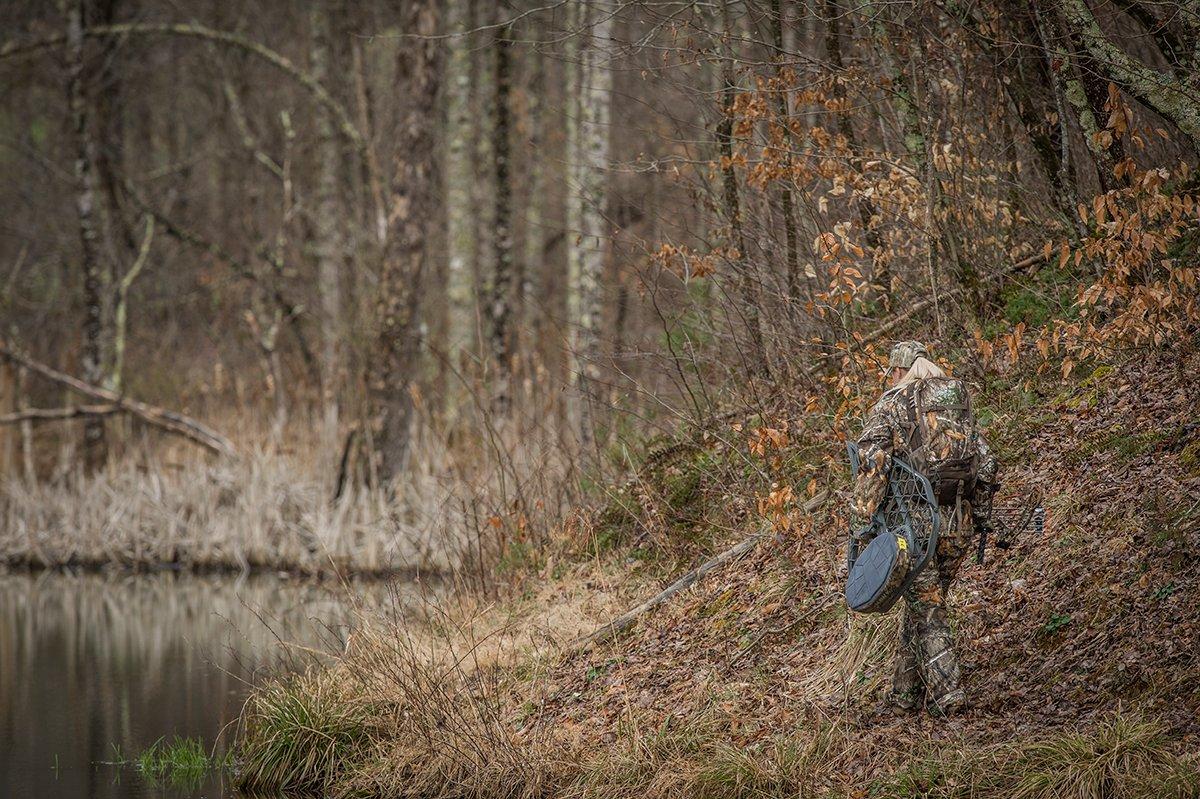Overhunting a spot is a bad thing — but not giving it enough time to produce is even worse
It's Friday afternoon, and you've clocked out for the last time this week. The weekend is here, you have two days to hunt, and four or five stands to choose from. So, what's the plan? Should you try to hunt several of those stands, or pick one and stick with it?
I'm not a deer biologist. But I am a hunter who uses every experience and lesson learned to better my understanding of whitetails. Through hunting and scouting deer, I've come to recognize certain patterns. Some suggest hunting the same stand repeatedly is a good thing, even if some hunters are adamantly against it.
It's simply logic, really. While deer do exhibit patterns, this doesn't always mean they do the same thing every day. In fact, a mature deer doing the same thing in daylight multiple days in a row is the exception, not the rule. It's much more common to see them pass through an area every few days. That's why, as long as it's a good spot and conditions are in your favor, spending more time in one location increases your odds of crossing paths with a specific deer.
In my opinion, if you believe in the spot you've chosen, jumping from stand to stand each time afield is about the worst thing you can do. The only time you should jump ship is if the wind forces it or if you see deer do something that inspires a location change.
Reflecting back on my top 10 whitetail bucks, five of them were taken on the first time in, and the other half were results of consecutive sits in the same spot. To me, that's proof that giving a spot time to produce works. And I don't even hunt great ground. My primary spots are mostly small pieces of private and public land. Even so, when I focus on a specific area for several straight days, I rarely go more than three or four without seeing a mature buck. And more times than not, day No. 2 is the most productive.
The key is to wait for the right time. Save spots for when they're historically at their best during the season. Most properties peak during one of the five phases (early season, pre-rut, rut, post-rut and late season). Don't hunt a spot unless you're confident there's a killable deer using it. Lastly, make sure you wear quiet clothing, have a good wind, entry routes and exit paths. Making your decision based on those factors is the difference in effectively hunting a stand for the long haul, and simply burning out a spot.
Don't Miss: Read Topographic Maps, Shoot More Bucks
Check out more stories, videos and educational how-to's on deer hunting.







